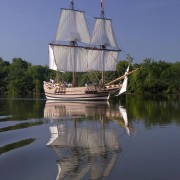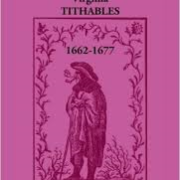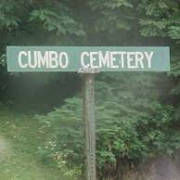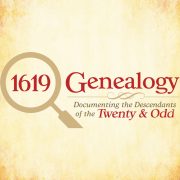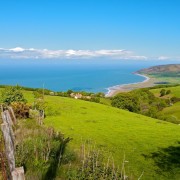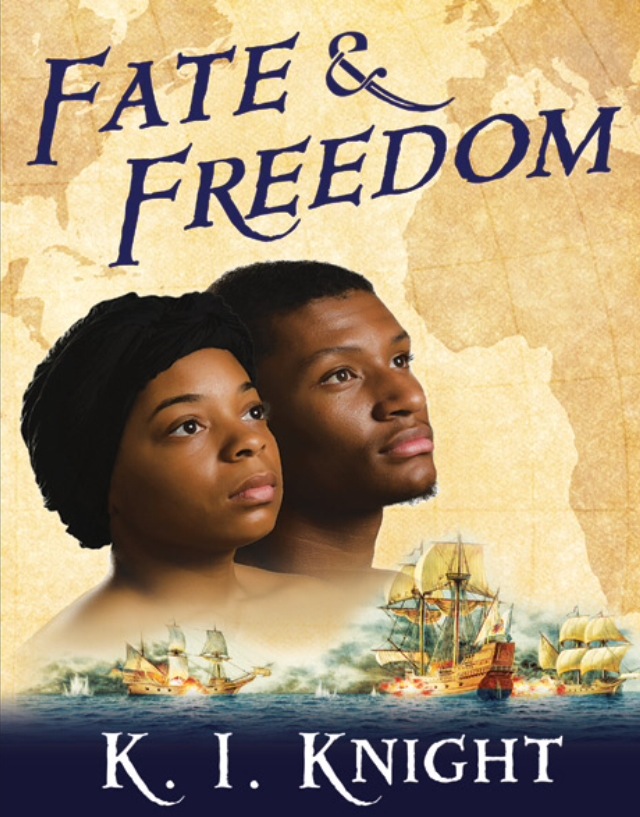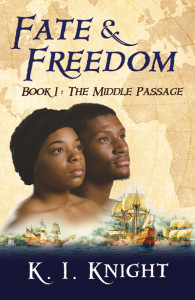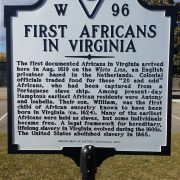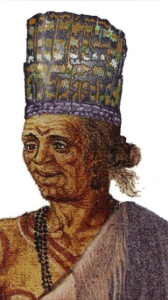Who Were the Three Africans taken from Bermuda to Leighs (Leez) Priory, Felsted, England in 1621
ANTHONY/ANTONIO
One of the most documented early Africans to arrive in Virginia was Anthony/Antonio. Records show Anthony/Antonio arrived in Virginia on the ship ‘James’ from England in 1621. Was he one of the first “twenty and odd” sold on the shores of the James River in August of 1619? The short answer is NO. However, its slightly more complicated than that. Anthony/Antonio was among at least two others who found their way to Virginia from the pirating of the San Juan Bautista in the Bay of Campeche in the summer of 1619. The San Juan Bautista is the same slave ship the first “twenty and odd” were pirated from. Anthony/Antonio’s path would be slightly different than the “twenty and odd” who arrived on the White Lion. From the San Juan Bautista, Anthony/Antonio was put aboard the Treasurer, which arrived at Point Comfort three days after the White Lion. The Treasurer would be turned away or “warned” off allowing its Captain, Daniel Elfrith, to sail to Bermuda. Anthony/Antonio would remain in Bermuda until 1621 when Gov. Butler would put him and two other Africans/Angolans aboard the ship “James” sailing for the Port of Southampton, England. Once in the English port the three Africans/Angolans were taken to Robert Rich / Earl of Warwick’s Felsted estate, Leighs (Leez) Priory. Before the end of 1621, Anthony/Antonio would be brought back to the south shore of the James River and indentured to Robert Bennett of Bennett’s Plantation also known as Warrosquarak. There he would survive the great massacre of 1622 and remain in the area for nearly 30 years. Anthony/Antonio was one of America’s first FREE Africans.
MARY / MARIA
Mary, like Anthony/Antonio, was among the African slaves pirated from the San Juan Bautista in the Bay of Campeche, 500 miles from their destination of Vera Cruz, Mexico. Mary was put aboard the “Treasurer” which arrived at Old Point Comfort, Virginia three days after the “White Lion.” Warned of the pirating charges the Captain would face the Treasurer would disappear from the James River and reappear in Bermuda with a cargo of Africans. Mary, like Anthony/Antonio was among them. In 1621, Mary would be put aboard the ship James, sailing from Bermuda for the port of Southampton, England where she would be taken with Anthony/Antonio and one other African to Robert Rich’s Estate in Felsted, England known as Leighs (Leez) Priory. In mid 1622, six months after Anthony/Antonio was removed from Leighs/Leez Priory Mary was put aboard the English ship “Margaret & John” sailing to Virginia. By 1623, Mary would be listed on a muster, like Anthony/Antonio, at Bennett’s plantation on the south side of the James River in the area called Warrasquarak. Later, Mary would marry Anthony and they would be known as Mr. and Mrs. Anthony Johnson. By 1644, they would have four children, two boys and two girls.
JOHN PEDRO
Like Antonio/Anthony and Maria/Mary, John Pedro was among the San Juan Bautista survivors brought to Bermuda on the “Treasurer” in 1619. John Pedro is the third and last African to be put aboard the “James” in 1621 sailing for the English port of Southampton and delivered to Robert Rich’s estate in Felsted, England known as Leighs (Leez) Priory. Where the other two Africans (Antonio/Anthony and Maria/Mary) were sent from England to Virginia, John Pedro, a catholic, would take a different route. In 1622 John Pedro was placed on the “Swan,” one of Robert Rich’s ships, sailing for Cape Cod, New England. Within the year John Pedro would make his way to Virginia with Captain Francis West. In 1623, John Pedro is listed on the muster at Captain Francis West’s plantation at the Eastern Shore where he would remain until West’s death in January of 1634.
Interesting fact: The Angolan kingdom raided by the Portuguese in 1618/1619 where the San Juan Bautista survivors were enslaved was documented as a Catholic community. John Pedro would be the first openly practicing Catholic in Virginia’s early Anglican settlement.
WHY DID ANTHONY, MARY AND JOHN PEDRO FIND THEMSELVES IN ENGLAND IN 1621? Antonio/Anthony, Maria/Mary and John Pedro were taken to Leighs (Leez) Priory, the estate of Robert Rich II, Earl of Warwick in Felsted, England in 1621 as an aristocrat’s attempt to cement a political charade.
The Earl of Warwick was fully engaged in a court battle with Count Gondomar, the Spanish Ambassador in King James’ English court, over the Piracy of the San Juan Bautista’s Africans. As FATE would have it, the Captain of the San Juan Bautista pirated by Rich’s Treasurer in the summer of 1619 was no less than Count Gondomar’s kin. By 1621, deep within the court case, Gondomar is rabidly demanding his African slaves to be returned to his family’s possession. Believing he could convince Anthony, Mary and John Pedro to twist their testimony in his favor, the Earl of Warwick brings Anthony to testify before the court. But, Anthony would not falsify his testimony and claims there were two ships at the raid, the White Lion and Rich’s Treasurer. Instantly Rich/Earl of Warwick declares Anthony’s testimony invalid bringing to light the fact Anthony’s baptismal was unverifiable. Angry over his testimony and unable to wait, Rich puts Anthony aboard the “James” shipping him to Bennett’s plantation on the south shore of the James River. Mary and John Pedro follow as soon as the harsh winter months pass.
Interesting facts:
The Angolan kingdom raided by the Portuguese in 1618/1619 where the San Juan Bautista survivors were captured and enslaved was documented as a Catholic community. John Pedro would be the first openly practicing Catholic in Virginia’s early Anglican settlement.
Robert Rich was a Puritan leader as was Edward Bennett of Bennett’s Plantation. Bennett’s plantation is the only puritan plantation in all of the Anglican settlement of Virginia until 1624 when Virginia becomes an English colony.

